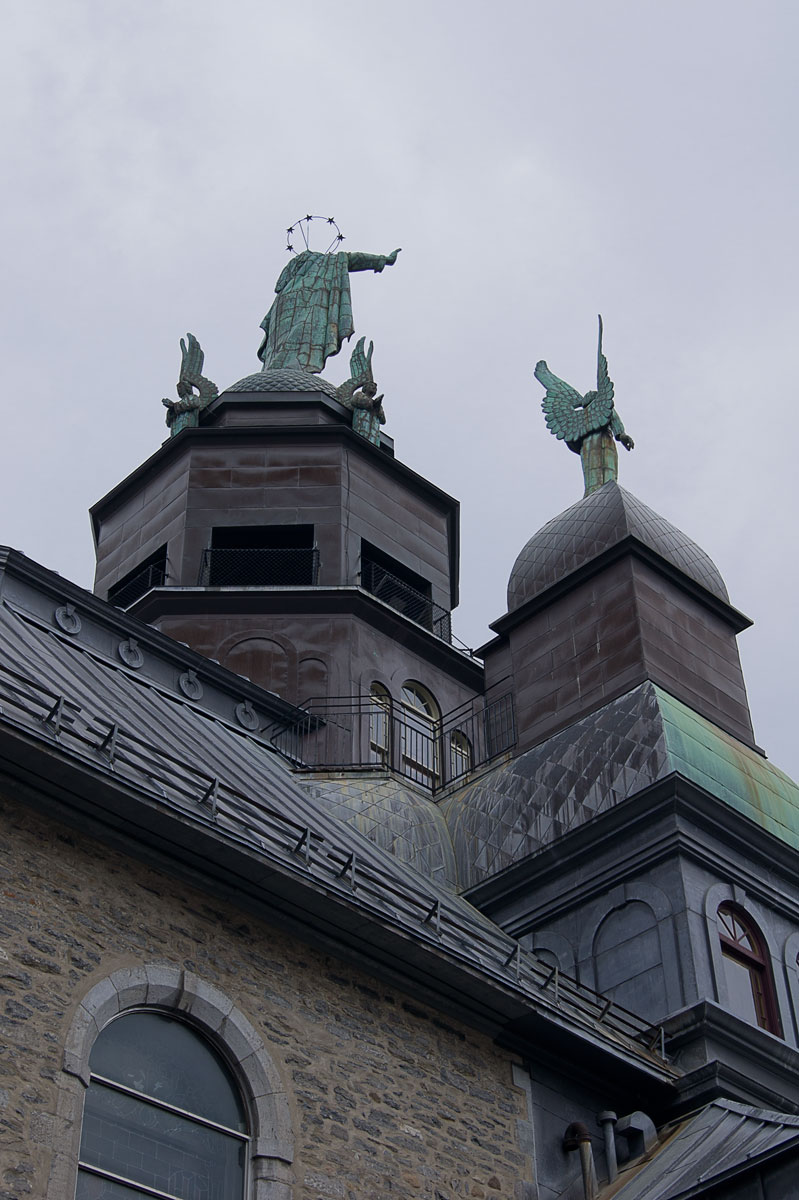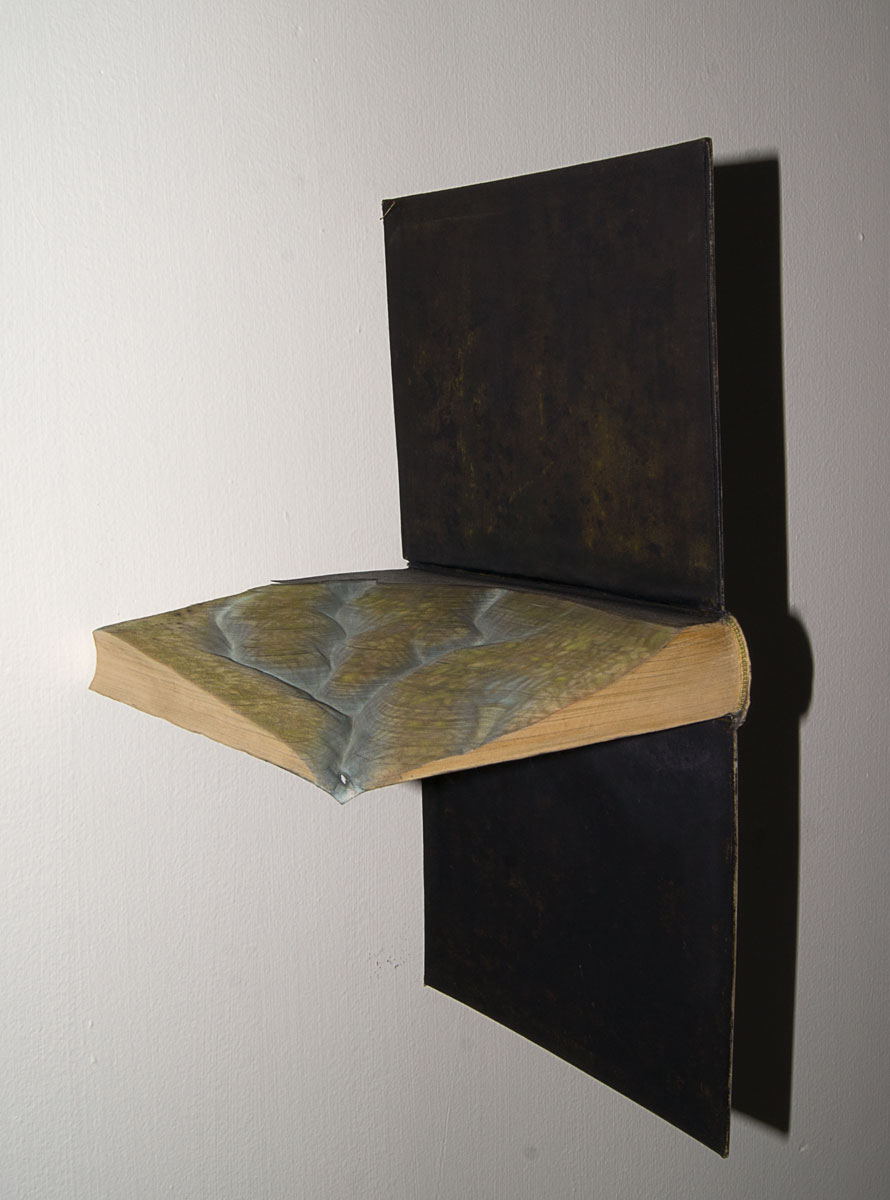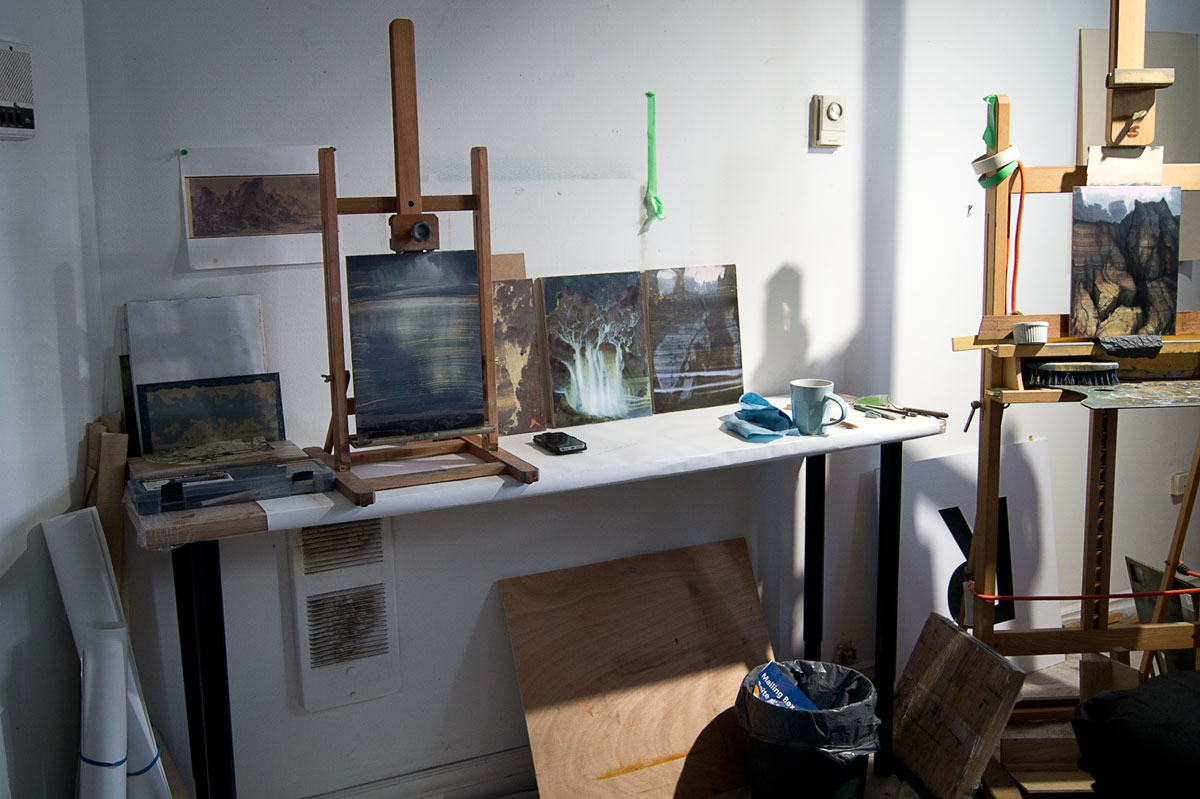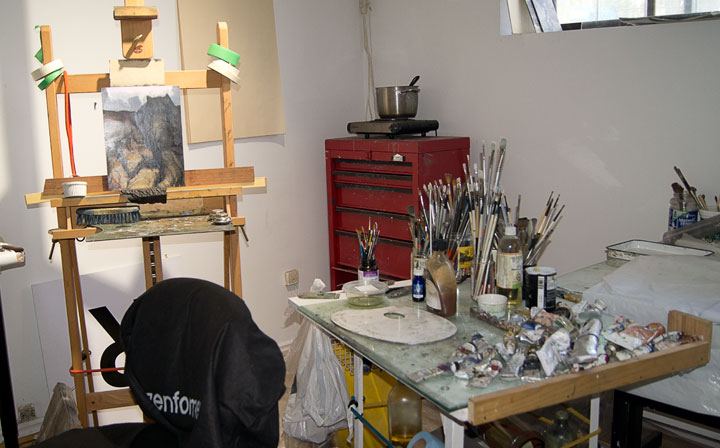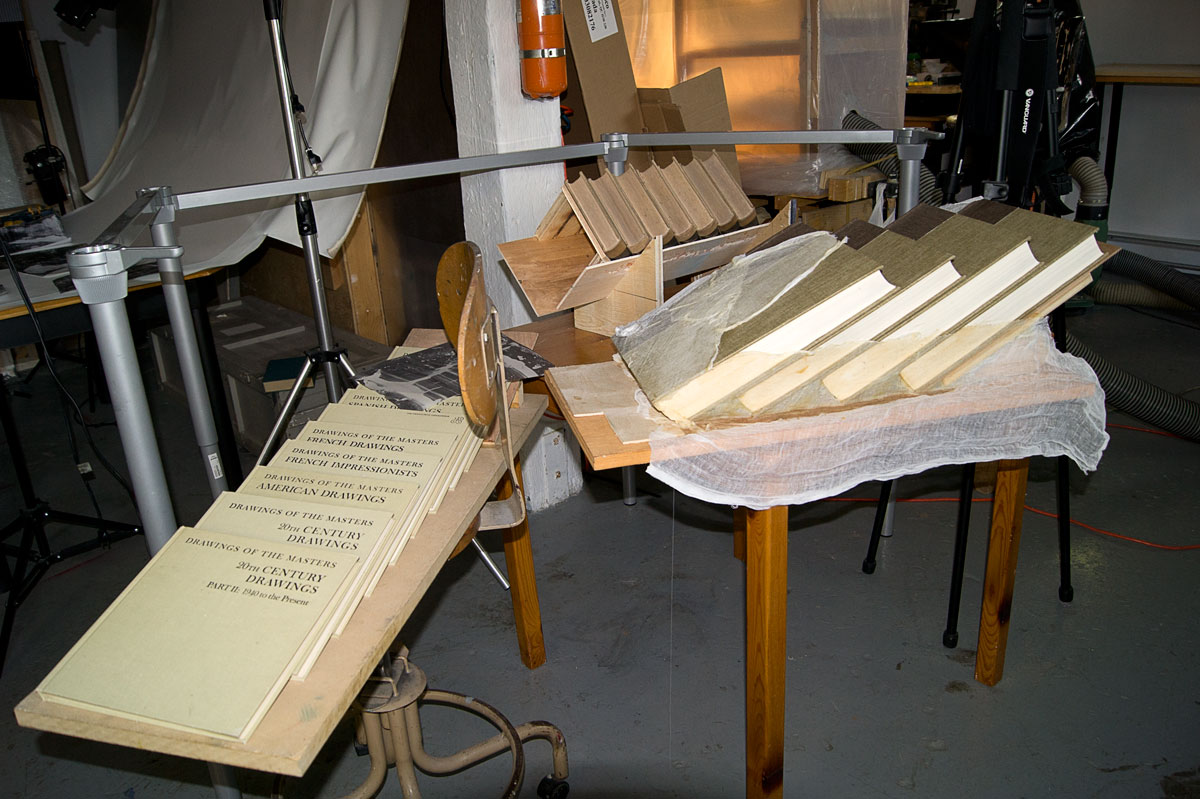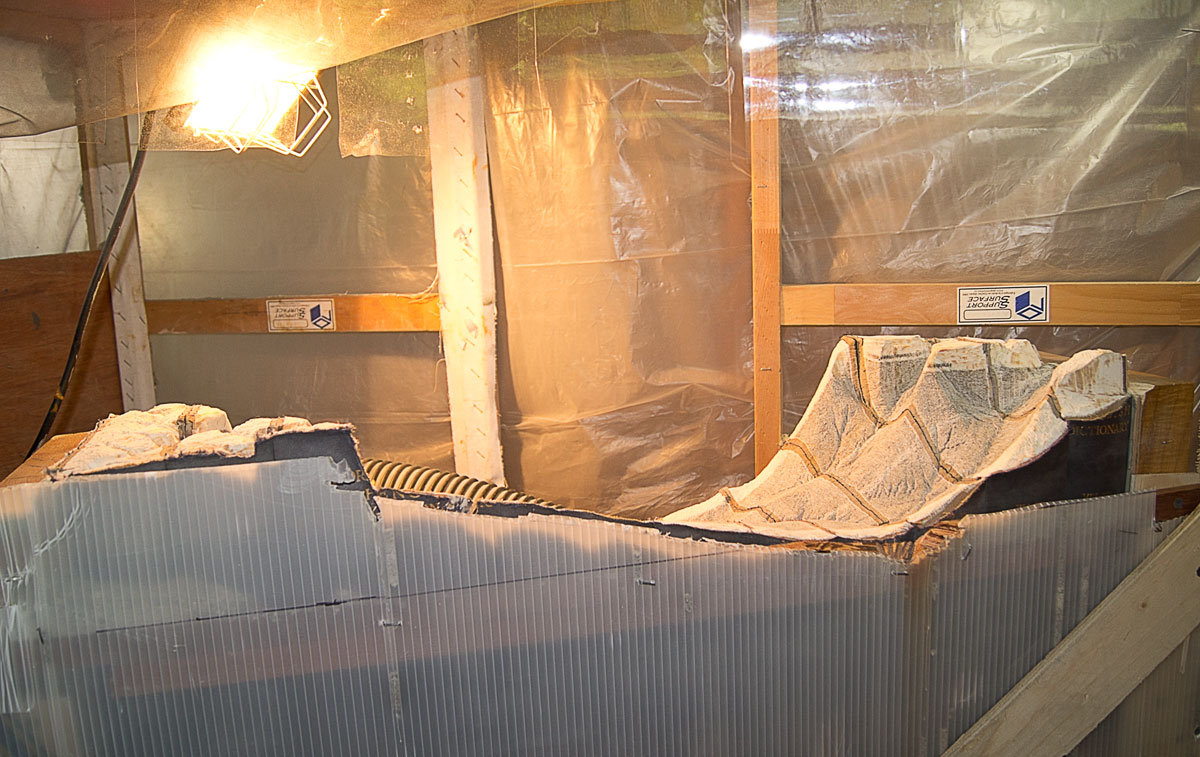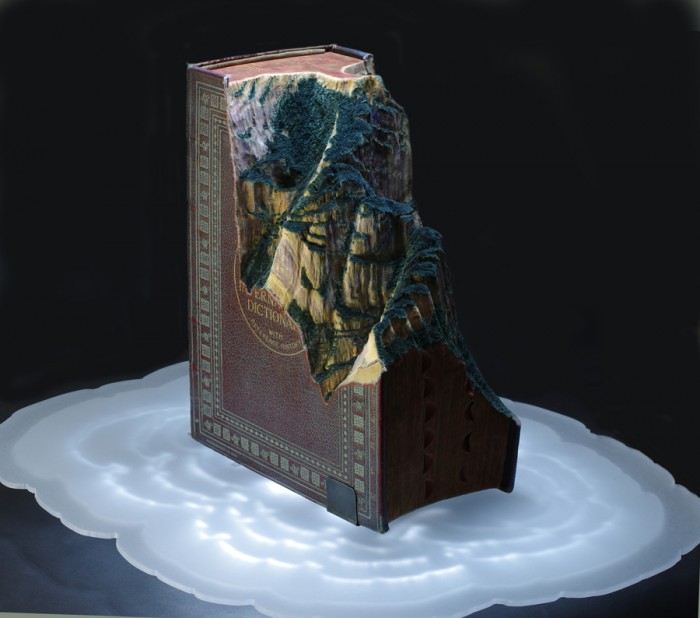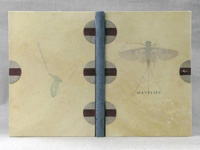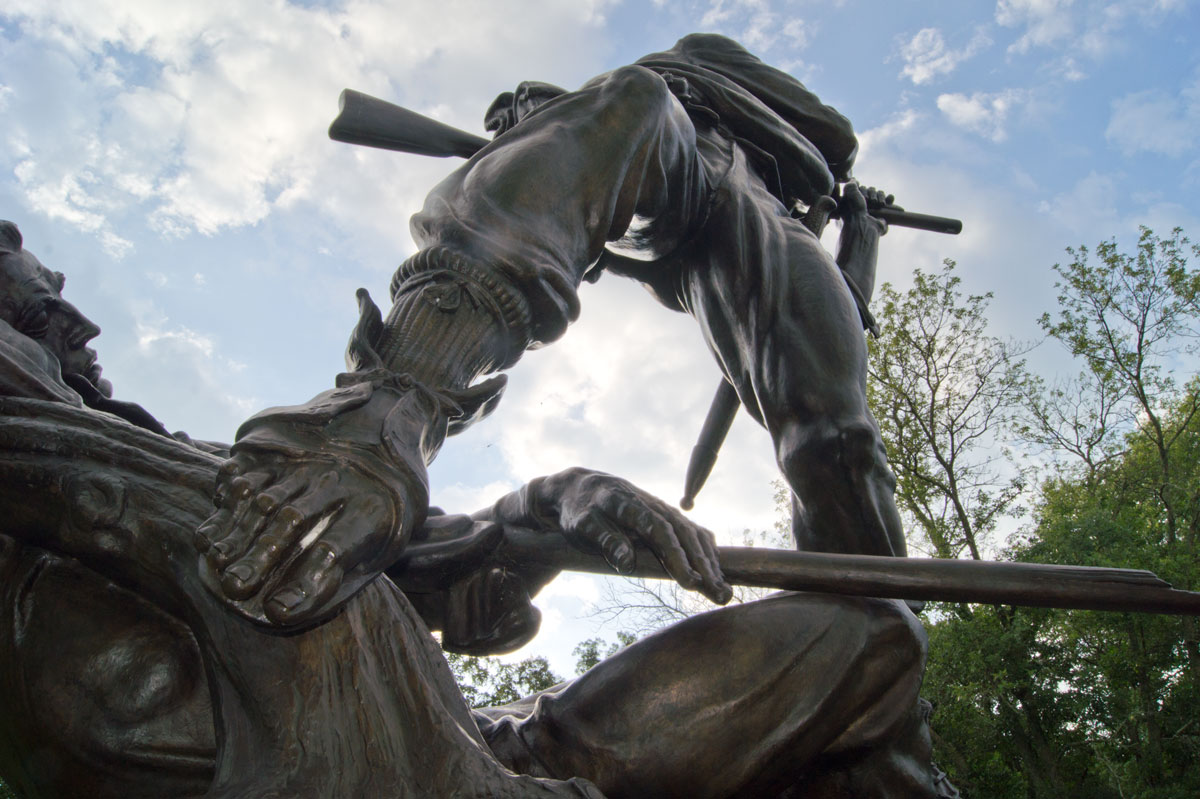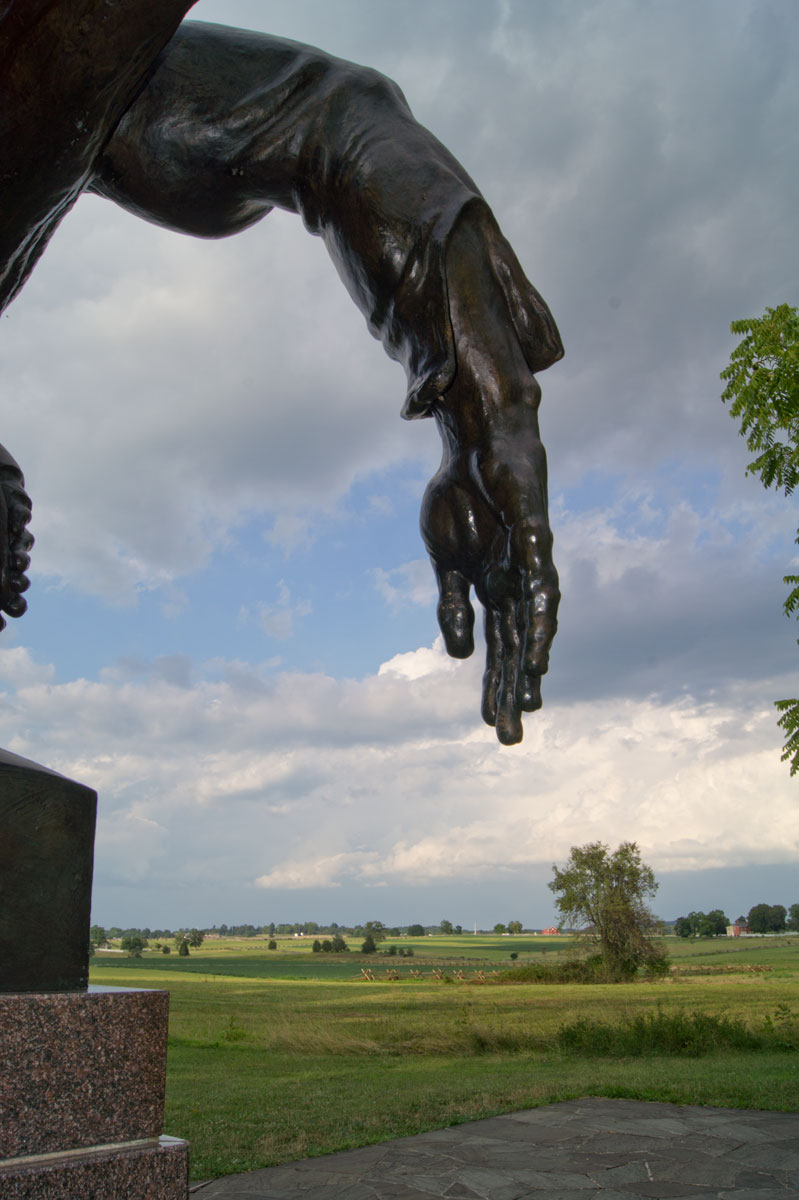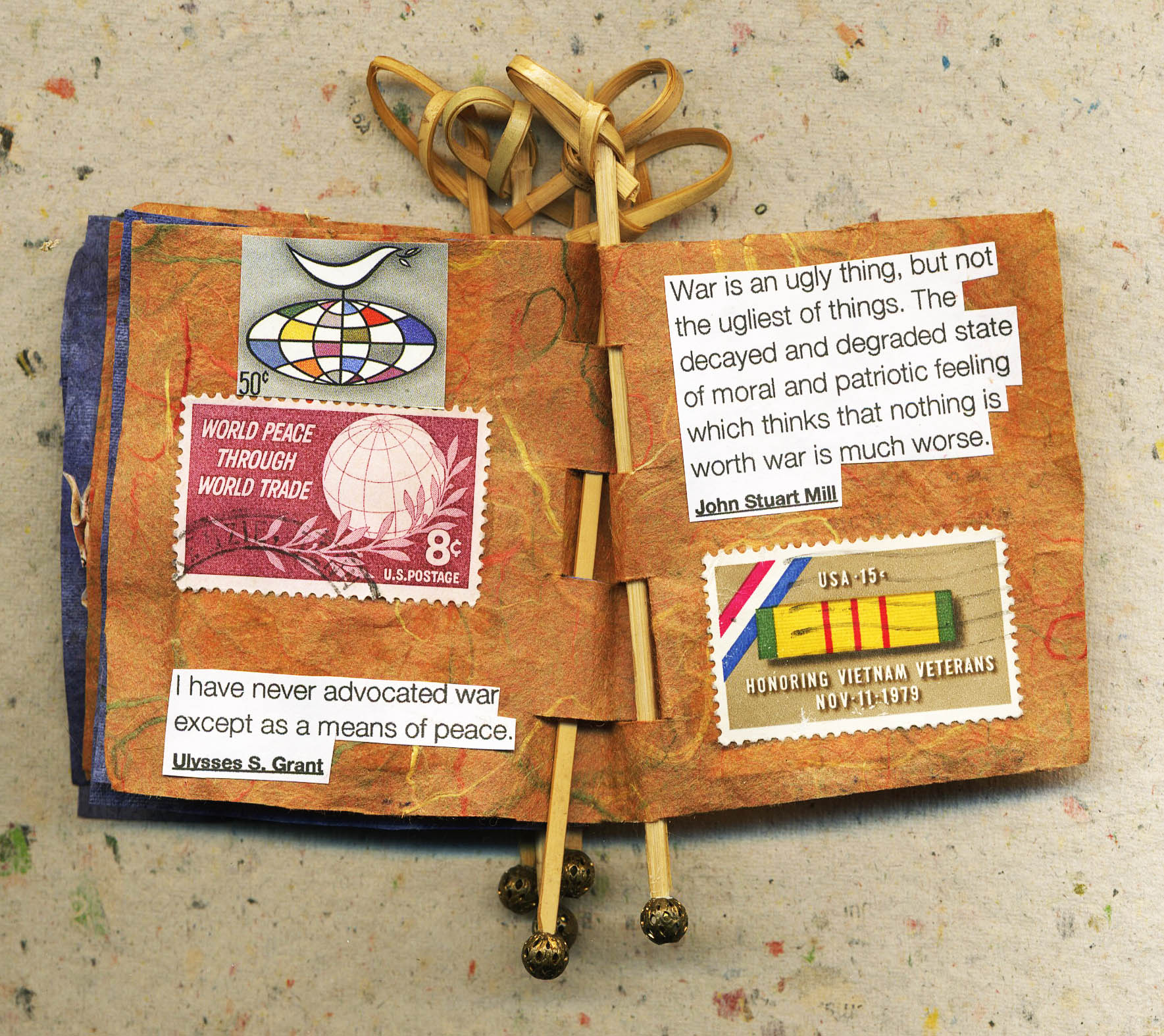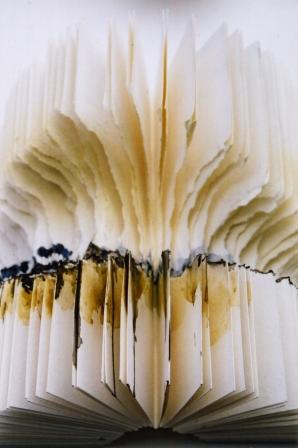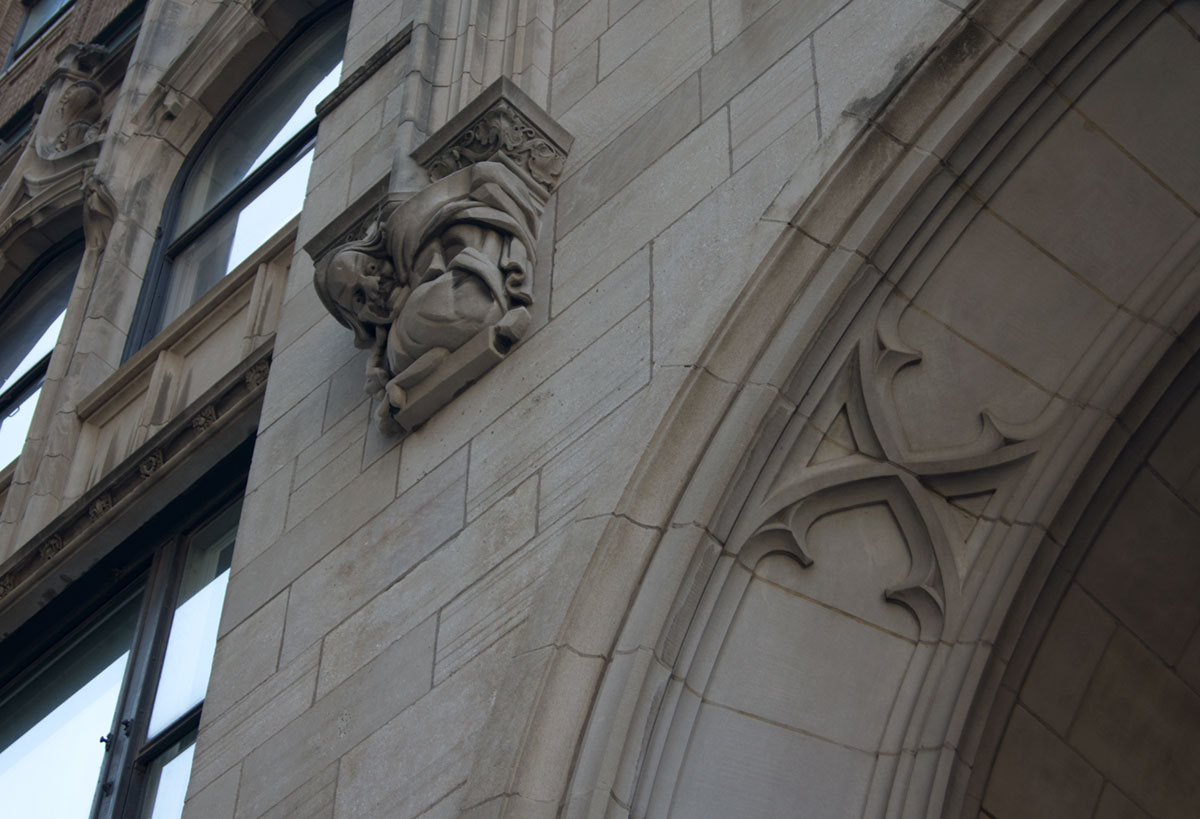We crossed the border on July 26th, after a month of traveling from Boise, Idaho to Gatineau, Québec. I’ve been back home for a while but a little behind in writing my posts. Have you noticed?
Before we left Boise, we researched to the best way to stay connected while on the road. Our inquisition to Verizon staff seemed endless. It was a full-time job trying to choose the proper company and plan to continue working as we traveled. Verizon made many promises of “hotspots” and “unlimited use” but fell short as usual in defining their terms and happy to take our money. The reason for my late blog posts is the difficulties with getting secure access to the internet with our “hotspots/phones” not working in Canada.
While I was “home,” I spent a week visiting and walking the streets of Montréal.
© 2017 Louise Levergneux, Old Montréal
© 2017 Louise Levergneux, Old Montréal
With the forever days of rain in Ontario and Québec, many creatures were visible, like snails in the hundreds.
© 2017 Louise Levergneux
I communicated with artists of the area and planned on studio visits. My first visit was to the atelier of Guy Laramée. I spent a great afternoon in his studio seeing and talking about his work. Guy was welcoming and open about his art and techniques.
© 2017 Louise Levergneux, a wonderful piece in the front room of Guy's atelier
Guy, like Helen Hiebert, divided his atelier into two parts. As you walk in, the front room is where he paints romantic landscapes.
© 2017 Louise Levergneux, Guy's atelier, the clean room with on going paintings
© 2017 Louise Levergneux, Guy's work table
The back section is where he carves wonderful landscapes out of books.
© 2017 Louise Levergneux, books waiting for an inspiration
© 2017 Louise Levergneux, books for a project
© 2017 Louise Levergneux, Guy was in the mist of a new sculpture, here we see the clay model
© 2017 Louise Levergneux, the book sculpture being worked on with different tools
My work is about making us feel more alive. It is about losing yourself in the landscape and paradoxically, finding out you are the source of it all.
The erosion of cultures—and of “culture” as a whole—is the theme that runs through the last 25 years of my artistic practice. Cultures emerge, become obsolete, and are replaced by new ones. With the vanishing of cultures, some people are displaced and destroyed. We are currently told that the paper book is bound to die. The library, as a place, is finished. One might ask so what? Do we really believe that “new technologies” will change anything concerning our existential dilemma, our human condition? And even if we could change the content of all the books on earth, would this change anything in relation to the domination of analytical knowledge over intuitive knowledge? What is it in ourselves that insists on grabbing, on casting the flow of experience into concepts?
© 2014 Guy Laramée, Dragon Over the Clouds, Webster dictionary, inks, pigments, Plexiglass, wood, LEDs; 18 x 21 x 16 (H) inches (47.7 x 53.3 x 40.6 cm)
© 2010 Guy Laramie, Le Grand Larousse
What a fantastic afternoon experiencing these sculptures!

